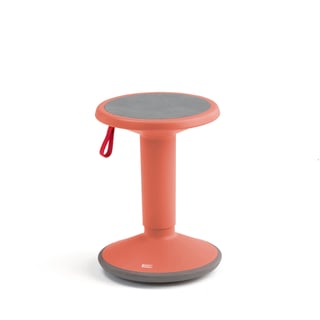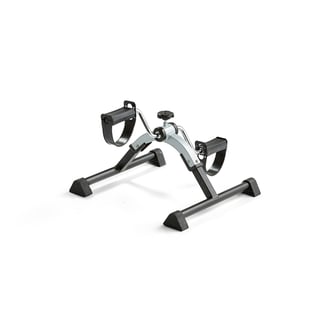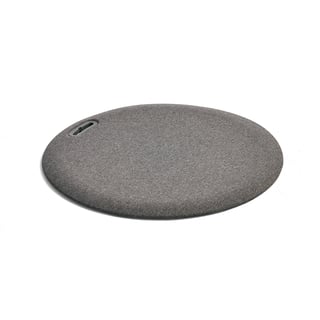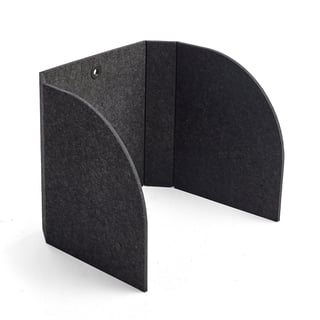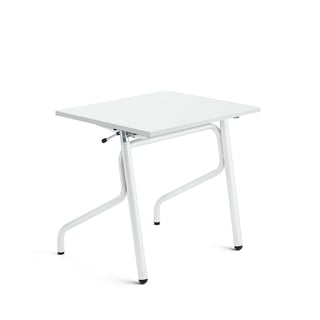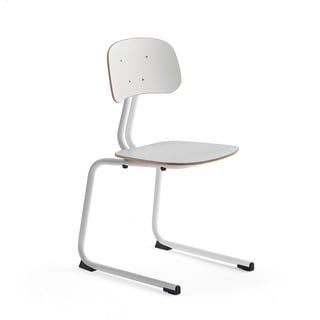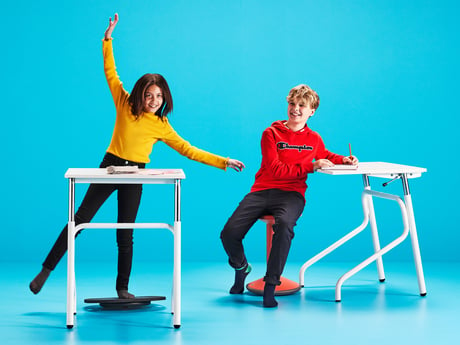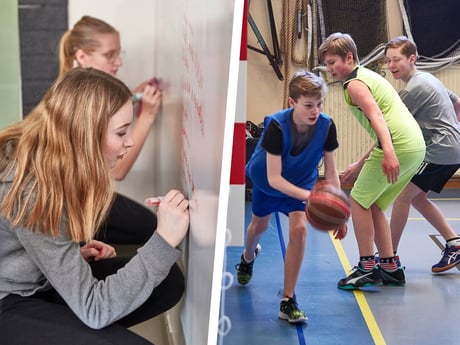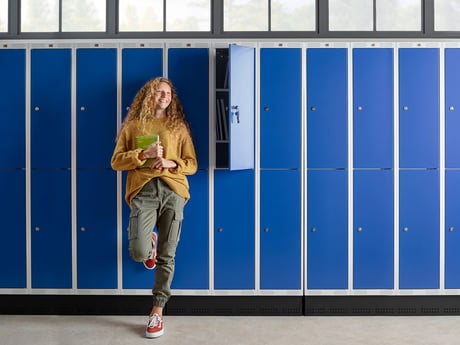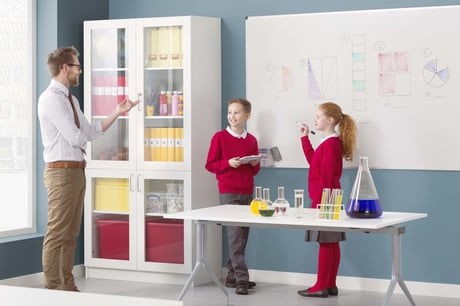- AJ Products UK
- Blog: Tips to Inspire Happiness at Work
- Ergonomics in the workplace
- We put our active classroom furniture to the test (and the results are in!)
We put our active classroom furniture to the test (and the results are in!)
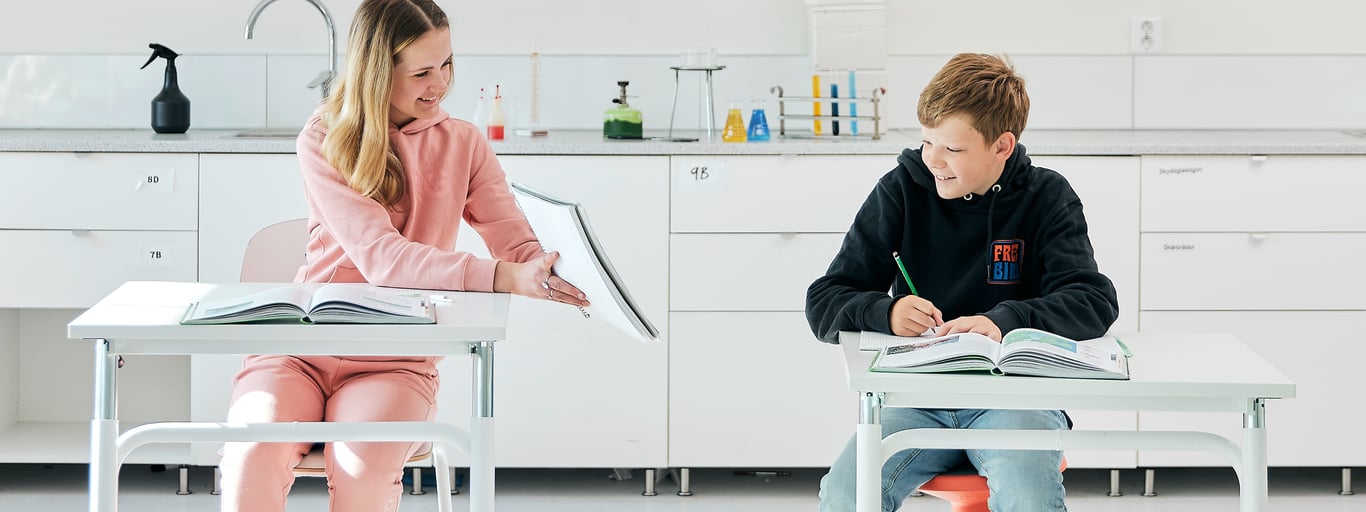
What did you think of our active classroom furniture?
Haylie Ygreus and Viggo Klasson, pupils at the Vesterhavsskolan in Falkenberg on the west coast of Sweden, tested active learning classroom furniture for just under a month. The aim was to see if their concentration improved when they used a sit-stand school desk, balance stool, pedal trainer and a flexible classroom chair. All the tests were run during maths and physics lessons taught by Andreas Stenslund, allowing us to also get the teacher's perspective.
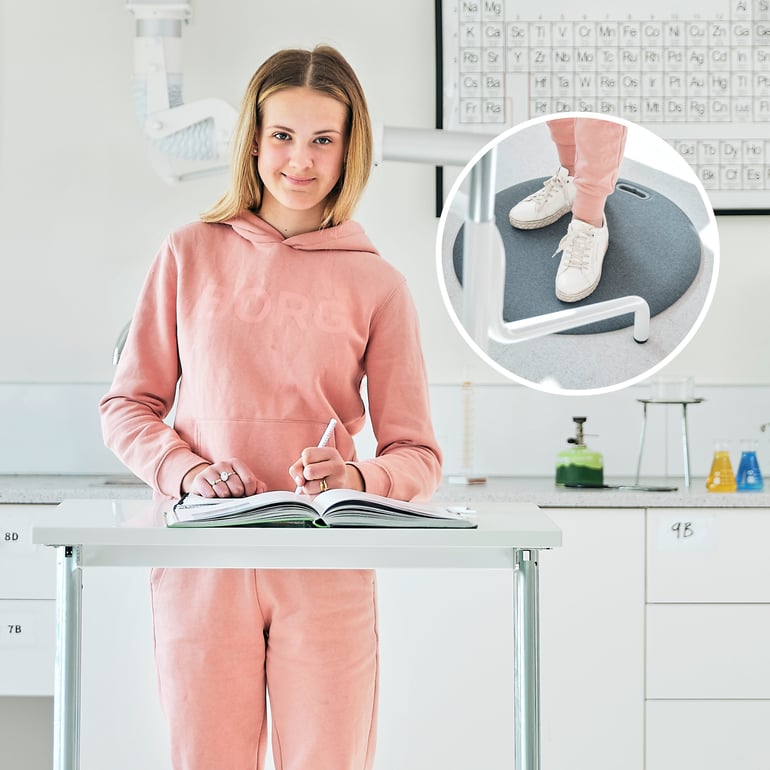
Haylie: I think it gives you a completely different level of focus. In ordinary chairs, you often sit uncomfortably and then that’s what you think about. With the new ones, I wasn’t uncomfortable at all and was able to focus the whole time.
Viggo: It's great to be able to easily adjust the desk if you want to sit or stand.
What's the biggest difference between before and after?
H: When you sit on the old chairs, you can sometimes feel tired. With the new ones, you can change your position all the time, which makes it easier to concentrate.
V: I'm much more focused and I don't get as restless as I used to just sitting.
What's the best thing about the new furniture?
H: The best thing is being able to change position whenever you want.
V: The best thing is being able to stand up sometimes. Normally I have to get up and go over to a friend but now I just stand up and continue working instead of walking around.
Would you like active furniture in all your lessons?
H: Definitely! The whole class would be much calmer. Everyone would be more focused on themselves.
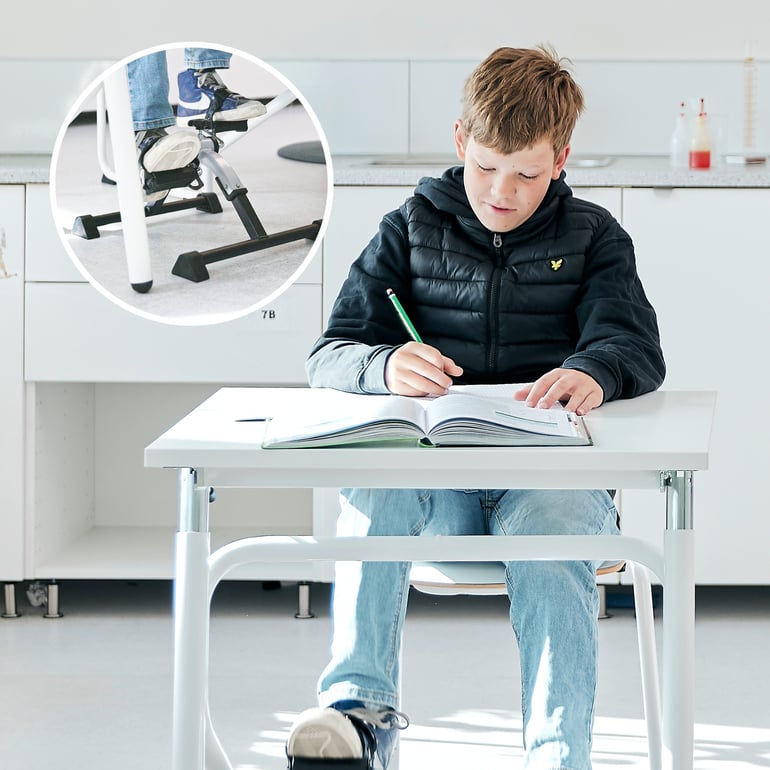
Classroom furniture that encourages active learning

Andreas Stenslund, teacher:
How would you usually rate the ability of your students to focus?
It differs a lot. Some can stay focused throughout the lessons, others can manage a maximum of 10 to 15 minutes. Of course, it’s also more difficult for most pupils the later in the day it is.
Does the active furniture make a difference to the children?
Yes, I think so. During the short time we tested the furniture, I think we could see that the ability to change position makes a difference, particularly for pupils who have difficulty staying focused. Being able to stand up sometimes and know that it's okay is really important, I think.
Shouldn't all students be given this opportunity?
Yes, absolutely! When you’re working alone or in pairs (like in maths), there's nothing that says they have to sit in a certain place in the room. I think it would be great for them to be able to choose between several different workstations.
Has the active furniture made lessons better?
For Haylie and Viggo, absolutely. For example, they used the furniture when we had a maths test, which I think they liked because focus is required. The rest of the class also wants to test it out, so I think we'll continue. I'm very pleased!
We were happy (but not surprised!) to see that both the students and the teacher agreed that the active classroom furniture improved concentration levels in class. Both Haylie and Viggo were empathic that being able to stand up when they wanted and to sit more comfortably meant they were less distracted. The test underlined that giving the students control of their learning environment and allowing them to change their work position resulted in a better experience in lessons, improving the children's overall education experience.
